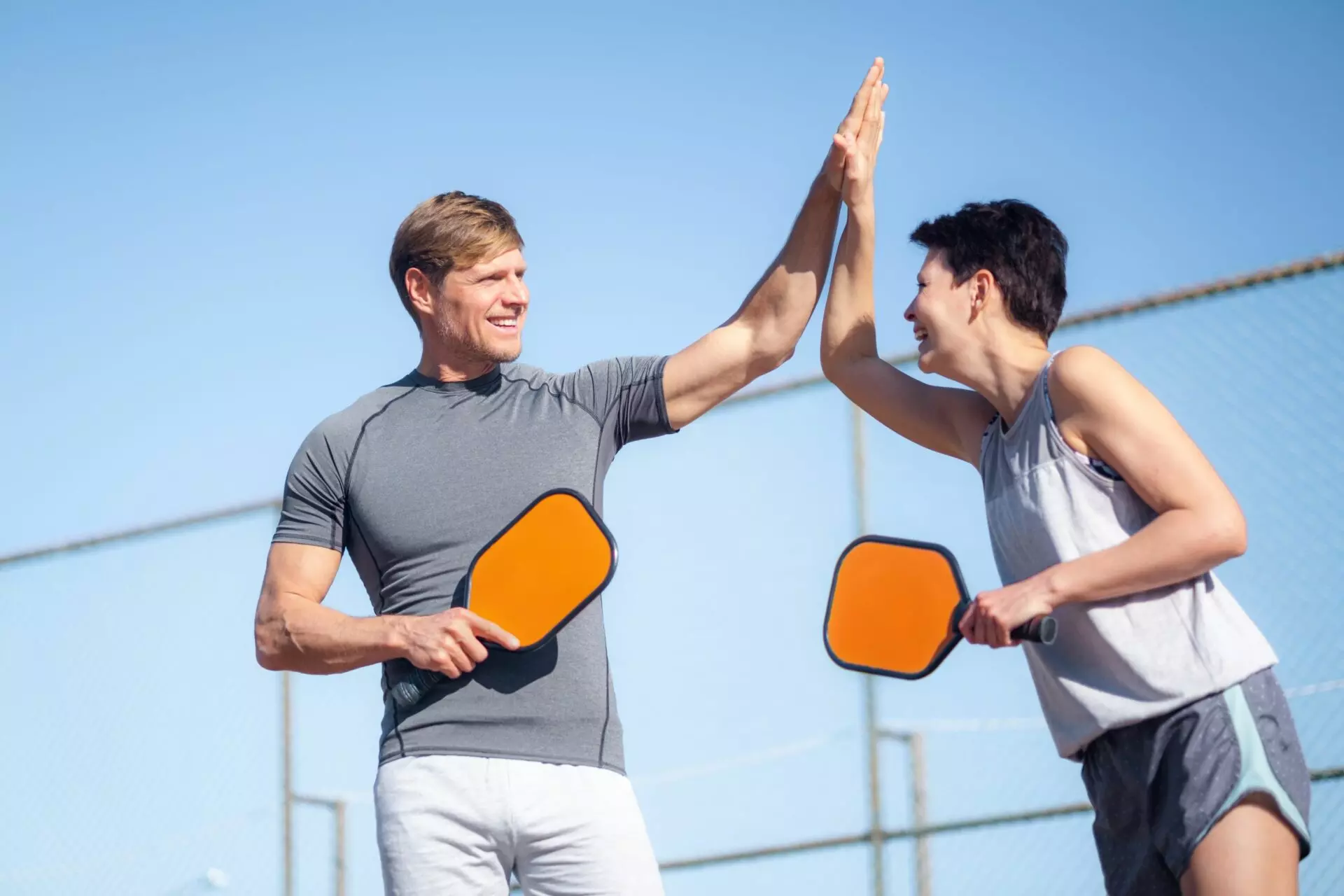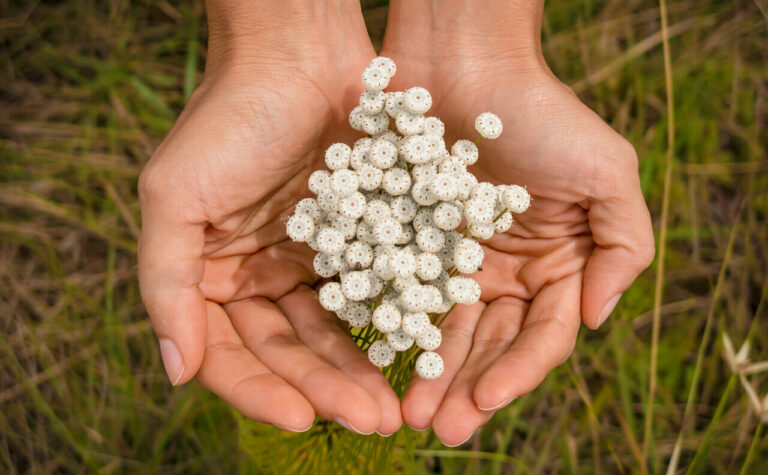
- Health
Sports to practice with family outdoors
Discover weekend sports that have everything to bring the family together and stimulate physical activity across different age groups
By Diego Paiva
In an increasingly digital and fast-paced world, finding ways to strengthen family bonds and promote well-being has become a pressing need. Many families have discovered that practicing outdoor sports during weekends is an excellent way to bring parents and children closer together and encourage physical activity. Including informal sports in the routine can be the starting point for creating healthy habits and strengthening emotional bonds within the family.
Joint sports practice offers a relaxed environment, without the pressure to achieve high performance, which is fundamental for children and teenagers to develop a genuine taste for physical activity. Additionally, these moments of leisure and exercise in each other’s company increase the sense of partnership and trust among family members, becoming an enriching experience for everyone. According to child psychologist Ana Clara Mendes, parents’ participation in sports activities with their children can reinforce emotional bonds and provide a sense of security and support for children.
Regular sports practice is essential not only for physical health but also for children’s emotional and social development. According to physical educator Carlos Silva, sports teach discipline, respect for rules, and the importance of teamwork, skills that are valuable for young people’s integral development. Therefore, by incorporating outdoor sports on weekends, families are taking care of physical health and contributing to the development of their children’s social and emotional competencies.
The importance of sports in the family
Family sports practice transcends physical benefits and enters the field of interpersonal relationships. Various studies indicate that physical activities performed together can significantly improve the quality of family relationships. Regular sports practice promotes communication, cooperation, and mutual trust, essential for a healthy and harmonious family environment.
Team sports, in particular, are known for encouraging social interaction and teamwork. When parents and children engage together in a sports activity, they learn to deal with challenges, celebrate achievements, and face defeats together, strengthening their emotional bonds. These moments of active coexistence create lasting memories and contribute to building a solid and healthy relationship among family members. Sports psychologist João Pereira emphasizes that joint participation in sports can create a space for open dialogue and experience sharing, strengthening family dynamics.
How to encourage children to practice sports
Many parents face the difficulty of encouraging their children to become interested in sports. The key to success lies in making physical activity a fun and relaxed experience. Outdoor sports like pickleball, paddle ball, and beach tennis offer a relaxed environment, ideal for children and teenagers to feel comfortable and without the pressure to achieve high performance.
Pickleball, for example, is a mix of tennis, badminton, and ping-pong. It’s easy to learn and can be played by people of all ages, making it perfect for an outdoor family activity. Paddleball Ball, a Brazilian beach classic, involves agility and coordination, being an excellent choice for parents and children to play together. Beach tennis, which has gained popularity in Brazil, combines fun and physical exercise and can be played both on the beach and on sand courts.
In addition to these, sports like Frisbee, mini golf, and slackline can also be great allies in the mission to encourage family sports practice. Frisbee is a simple and fun activity that can be practiced in any park, while mini golf offers a playful experience that pleases all ages. Slacklining, in turn, challenges balance and concentration, being a great option for families who enjoy challenges.
Adapting sports practice for each age group
When considering outdoor family sports practice, it’s crucial to adapt activities to children’s age groups. Babies and small children can benefit from sports involving basic movements and motor coordination, such as playing with light balls or balance games. For preschool children (2-5 years), activities like swimming and running games are ideal.
Older children (6-10 years) can start practicing sports that require more skills, such as soccer, basketball, or volleyball. Teenagers (11-17 years) can explore sports that develop endurance, strength, and coordination, such as running, cycling, or martial arts. Each age group has its own needs and capabilities, and it’s important to choose sports that are appropriate and safe for each group.
Sports for children aged 1 to 5 years
For the youngest ones, the main objective is to stimulate motor development and coordination. Activities like baby swimming, children’s gymnastics, and ball games are excellent options. Swimming, in particular, is an activity that can be started early and brings numerous benefits, such as muscle strengthening and motor coordination improvement. Children’s gymnastics, with its playful movements, helps develop flexibility and balance, while ball games, like kicking a light ball, are great for hand-eye coordination.
Sports for children aged 6 to 10 years
As children grow, they begin to develop more motor skills and the ability to understand game rules. Sports like soccer, basketball, and volleyball are ideal for this age group. These modalities help develop coordination, agility, and teamwork. Additionally, activities like cycling and skating are excellent for cardiovascular and muscular development.
Sports for teenagers
Teenagers can benefit from sports that challenge their physical and mental abilities. Martial arts, such as jiu-jitsu and karate, are excellent for developing discipline, self-confidence, and self-defense. Cycling and running are great for endurance and cardiovascular health. Adventure sports, like climbing and parkour, can also be extremely stimulating and help develop courage and resilience.
Benefits of sports for children and teenagers
Regular outdoor sports practice offers numerous benefits for young people’s socialization and quality of life. Besides promoting physical health, sports can help children and teenagers develop social skills, such as teamwork, leadership, and resilience. For children with ADHD, autism, or hyperactivity, regular physical activities can improve concentration and reduce anxiety.
Sports also help in children’s and teenagers’ emotional development. Participation in sports activities teaches how to deal with victories and defeats, persist in the face of challenges, and celebrate achievements. These experiences are fundamental for developing healthy self-esteem and a positive attitude toward life.
Sports for all ages and needs
It’s important to choose sports that meet each family member’s specific needs. Sports like walking and swimming are great for all ages and skill levels. Pregnant women, for example, can benefit from aquatic exercises, which are low-impact and help maintain physical fitness during pregnancy.
For hyperactive children or those with special needs, sports involving sensory activities, such as gymnastics or swimming, can be extremely beneficial. These sports help develop motor skills and provide a healthy outlet for accumulated energy.
Additionally, sports like yoga and pilates can be practiced by the whole family and are excellent for improving flexibility, strength, and concentration. Outdoor activities, such as walks and trails, are also great for connecting the family to nature and promoting physical and mental health.
Joint experiences that strengthen bonds
Participating in family sports promotes physical health and creates lasting memories. These shared experiences increase the sense of partnership and trust among family members. Informal sports sessions, such as pickleball or beach tennis, provide valuable moments that contribute to harmonious and happy coexistence.
Sports that spark young people’s interest
To maintain young people’s interest, it’s important to present them with a variety of sports. Besides those already mentioned, other sports like parkour, skateboarding, and slacklining have gained popularity among teenagers. These sports require skills like balance, coordination, and creativity and are practiced in an informal and fun environment.
Ball sports, such as handball and water polo, are also great options for teenagers who enjoy competition and teamwork. Extreme sports, like BMX and surfing, can be extremely attractive to young people seeking adrenaline and challenges.
Incorporating weekend sports into the family routine can be an excellent way to stimulate physical activity and strengthen bonds between parents and children. Regular sports practice offers numerous benefits for physical and mental health while promoting a more united and cooperative family environment. With so many sports options available, it’s possible to find activities that meet each family member’s needs and preferences.
Besides improving health and well-being, family sports practice also contributes to the development of social and emotional skills, fundamental for personal growth and building healthy relationships. Joint sports activities teach important values like cooperation, resilience, and respect, which are essential for forming balanced and conscious individuals. Investing time and effort in family sports is, therefore, an effective way to ensure a healthier and more harmonious future for everyone.
References
DE SOUZA, C. R. M.; GOMES, W. P.; PRATES, E. A. R.; VIANA, H. B. A INFLUÊNCIA DOS PAIS NA PRÁTICA DO ESPORTE DE SEUS FILHOS INFANTO-JUVENIS. Revista Contemporânea, [S. l.], v. 2, n. 6, p. 1252–1273, 2022. DOI: 10.56083/RCV2N6-012. Disponível em: https://ojs.revistacontemporanea.com/ojs/index.php/home/article/view/331.
SAMULSKI D. Psicologia do esporte. Barueri: Manole Ltda. 2002.
EIDELWEIN, Benhur; NUNES, Márcio Siqueira. Esporte na Educação Física Escolar e Sua Im-portância na Sociabilização. Postado em: efdeportes.com, Revista Digital. Buenos Aires, Año 15, Nº 147, Agosto de 2010. Disponível em: http://www.efdeportes.com/efd147/esporte-na-educacao-fisica-escolar.htm

Things the Way Family love to pack in their suitcase:
Gate
Eletronics for the travel: smartphone, drone, câmera, charger,…
Destiny
UV clothes, bikinis, caps, diving goggles, snorkel mask and other accessories…

















